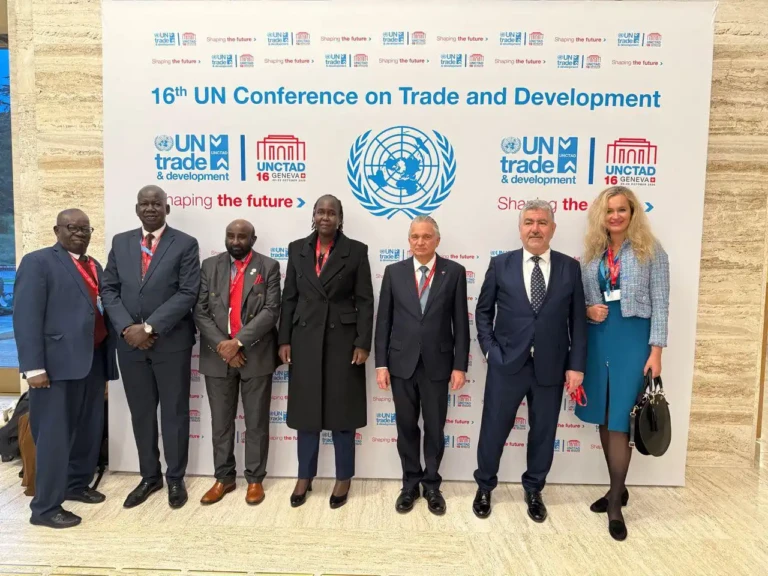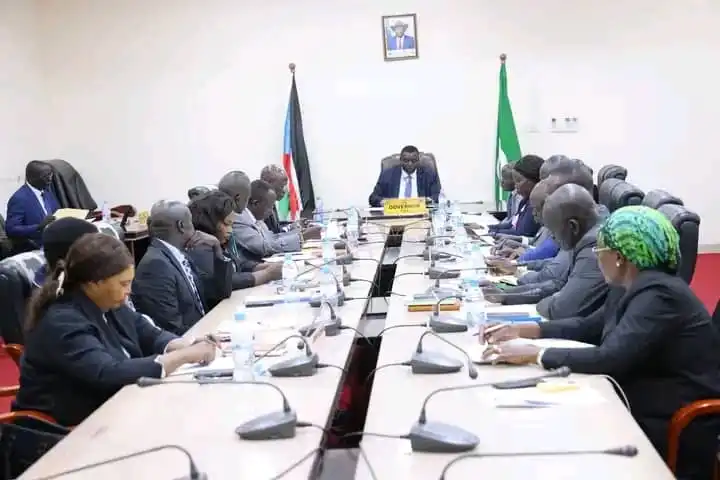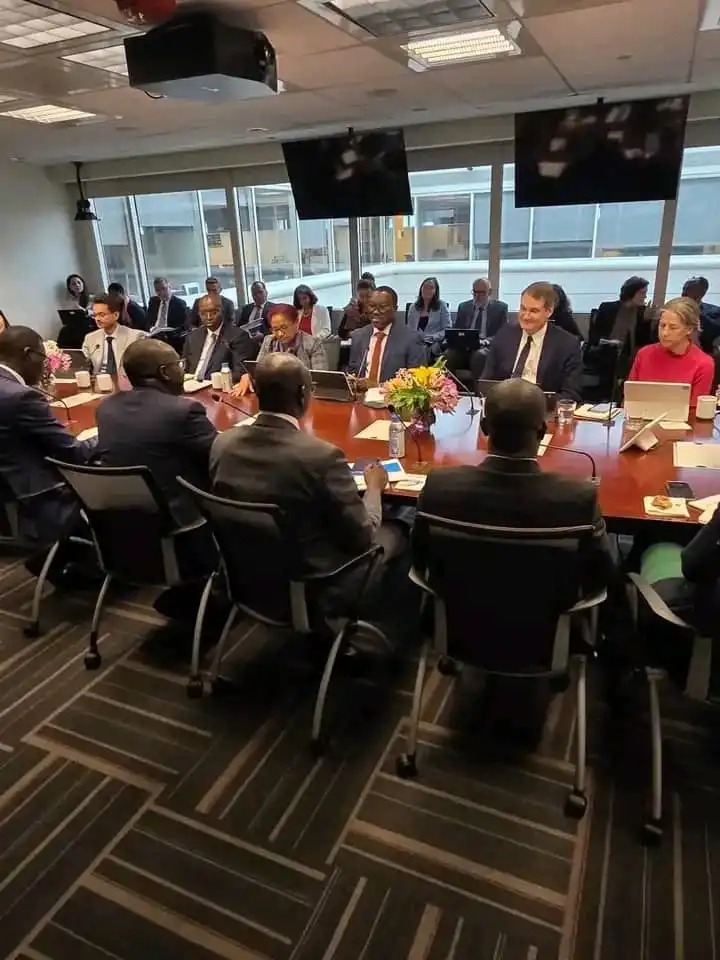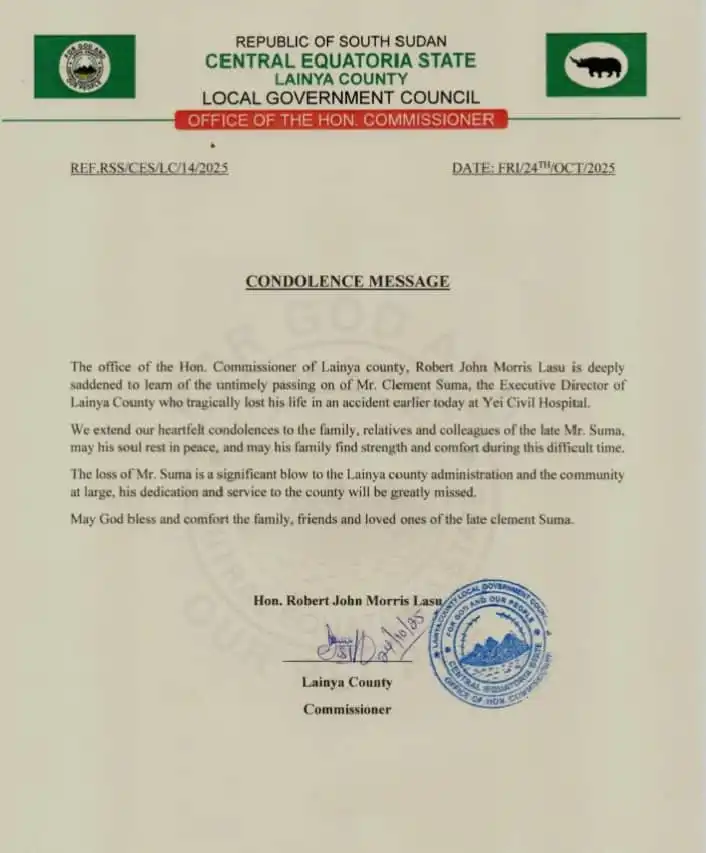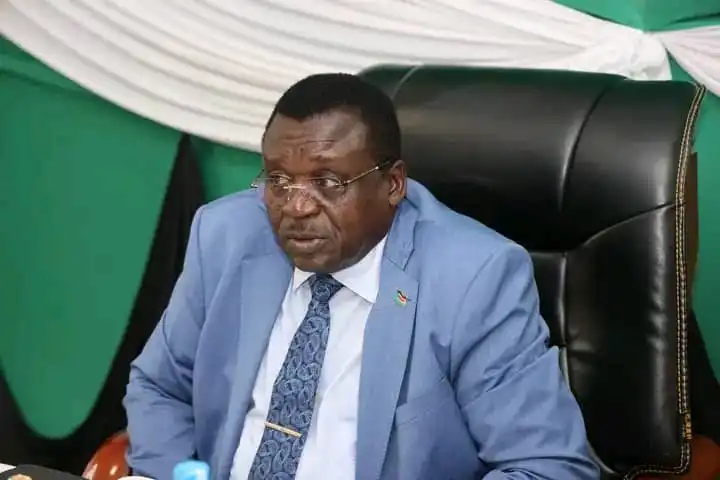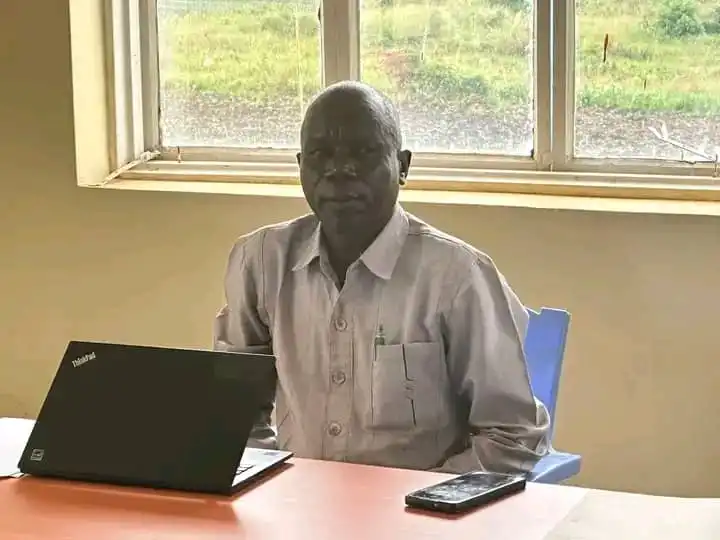
(Juba) – A 2025 World Bank report has laid out a bold and data-driven plan to help South Sudan rebuild its fragile economy by overhauling its broken transport system. The report, released in collaboration with institutions including the Food and Agriculture Organization (FAO), the Japan International Cooperation Agency (JICA), and the South Sudan Roads Authority, identifies infrastructure as the key barrier—and opportunity—for economic recovery, food security, and long-term resilience in the country.
South Sudan has one of the most underdeveloped transport networks in the world. Roads are often impassable during the rainy season. Freight costs are as high as $0.20 per ton-kilometre—among the highest globally. Trucks often move at less than 7 km/h due to poor road conditions. Yet the report emphasizes that fixing this system could help reduce humanitarian dependency and allow South Sudan to unlock its vast agricultural potential.
While oil contributes more than 90% of the government’s revenue, the report warns of declining production and instability in export routes, especially those passing through conflict-affected Sudan. Agriculture, on the other hand, employs over 60% of South Sudan’s population but is severely underperforming due to transport failures. The country has significant potential in crops like sorghum, maize, and sesame, and abundant fish resources in the Sudd swamps. However, up to 70% of harvests are lost due to delays in reaching markets. Better infrastructure could not only feed the country but also help it become a food exporter across East Africa.
To avoid scattered investments, the World Bank recommends a corridor-based approach. Seven internal and four regional road corridors have been identified, with the potential to carry 80% of the country’s agricultural freight. Priority roads include Wau–Raja–Boro–Medina (360 km), Adok–Leer–Bentiu (230 km), and Juba–Kajo Keji–Jale (180 km). These would link production hubs to international ports like Djibouti, Mombasa, and Lamu. River transport, especially along the White Nile from Juba to Renk, is also highlighted as a cost-effective and climate-resilient option where roads may not be viable due to budget or insecurity.
Freight modelling by FAO and the World Food Programme shows that if these routes are developed, South Sudan could unlock 2 million tons of export capacity and replace 500,000 tons of imported food with local produce.
Since 2019, South Sudan has funded roads through its “Oil for Roads” program, which allocates up to 30,000 barrels of crude oil per day for infrastructure development. While this model helped build roads like the Juba–Bor highway, the World Bank found serious weaknesses in the program, including poor oversight, weak coordination among ministries, and a lack of transparency. To address this, the report recommends establishing a single oversight unit within the Ministry of Finance, creating a national transport master plan, and developing clear guidelines for project selection. It also urges the formation of a River Transport Authority and a dedicated unit to oversee infrastructure deals funded through oil.
Beyond roads and policy, the report emphasizes the need to build national skills. Years of conflict have decimated South Sudan’s human capital, especially in fields like engineering and logistics. The report calls for government and donor-funded projects to include training components and partnerships with institutions such as the University of Juba and the Engineering Council of South Sudan.
The report also highlights the risks posed by climate change. Recent floods have destroyed major roads shortly after completion, including sections of the Juba–Rumbek highway. Future investments must include climate-resilient features such as drainage, flood controls, and integrated land-use planning.
The World Bank’s vision is not just about fixing roads—it is about using infrastructure as a foundation for stability, job creation, and economic transformation. With proper investment and institutional reform, the report argues, South Sudan can move away from emergency aid toward long-term, inclusive development. It called on donors, the government, and the private sector to act quickly and decisively.
Discover more from Access Radio Yei News
Subscribe to get the latest posts sent to your email.

